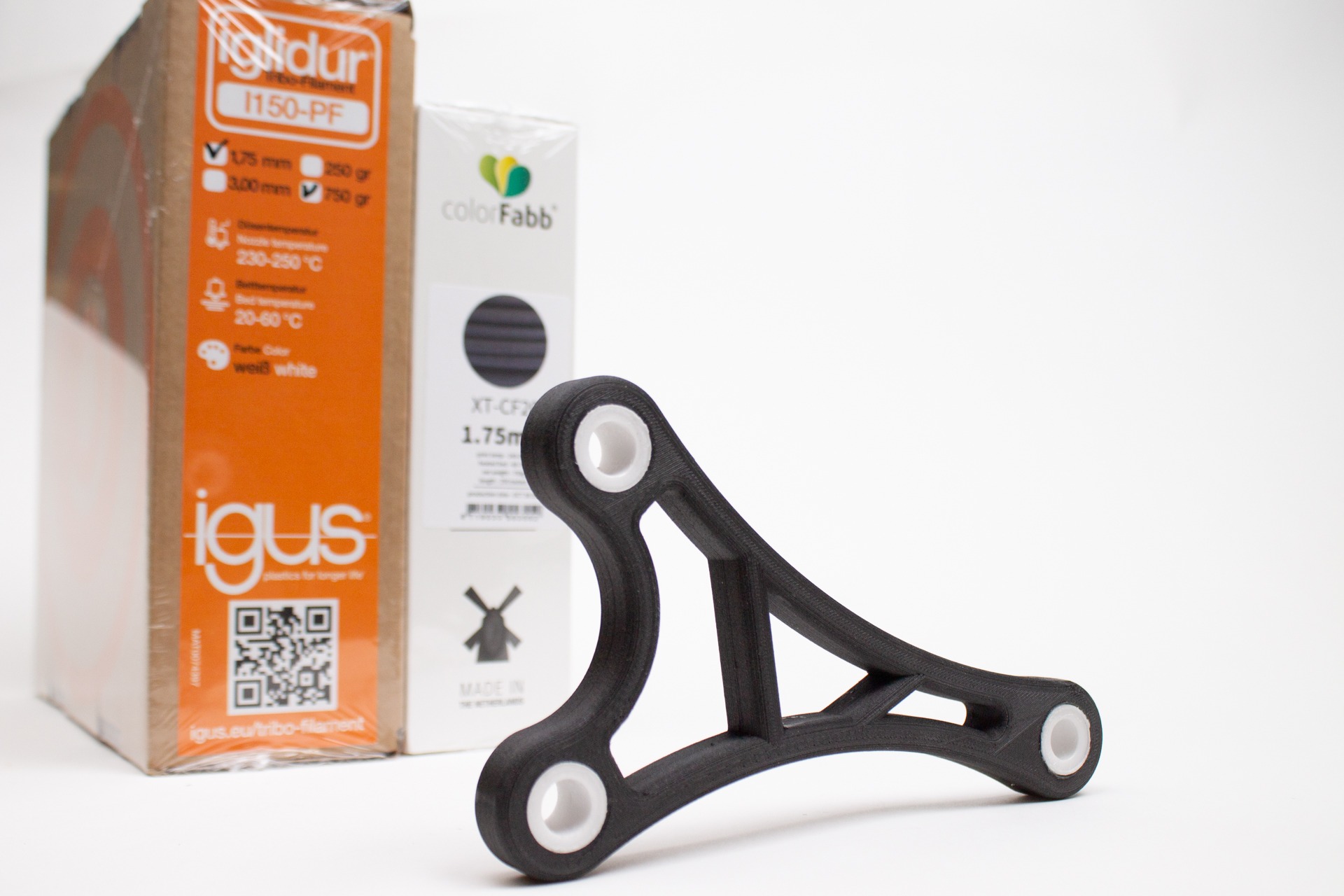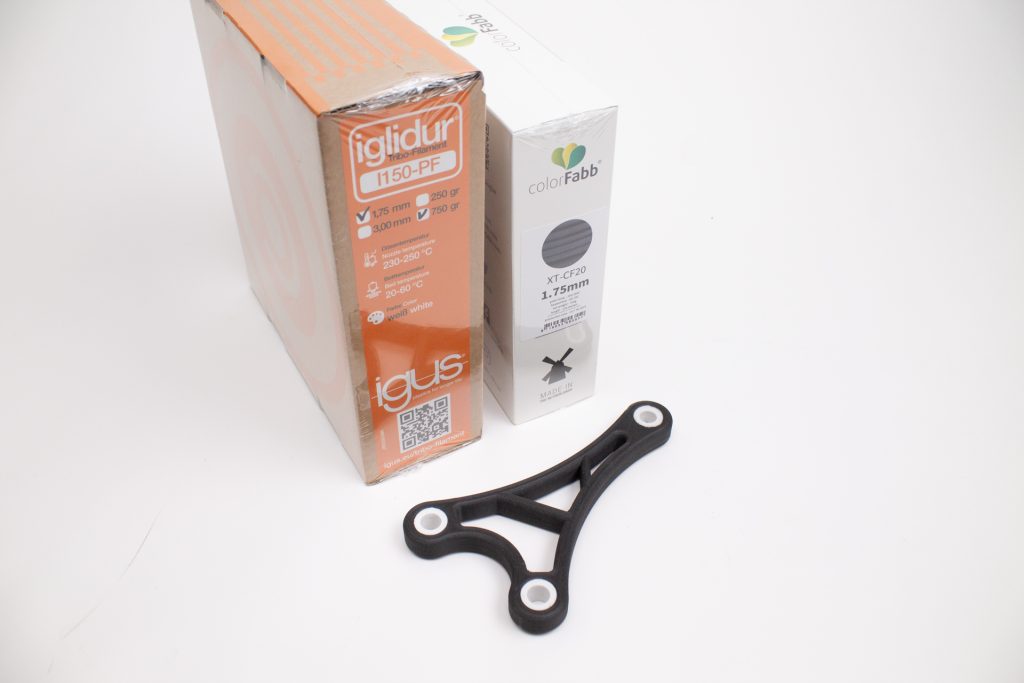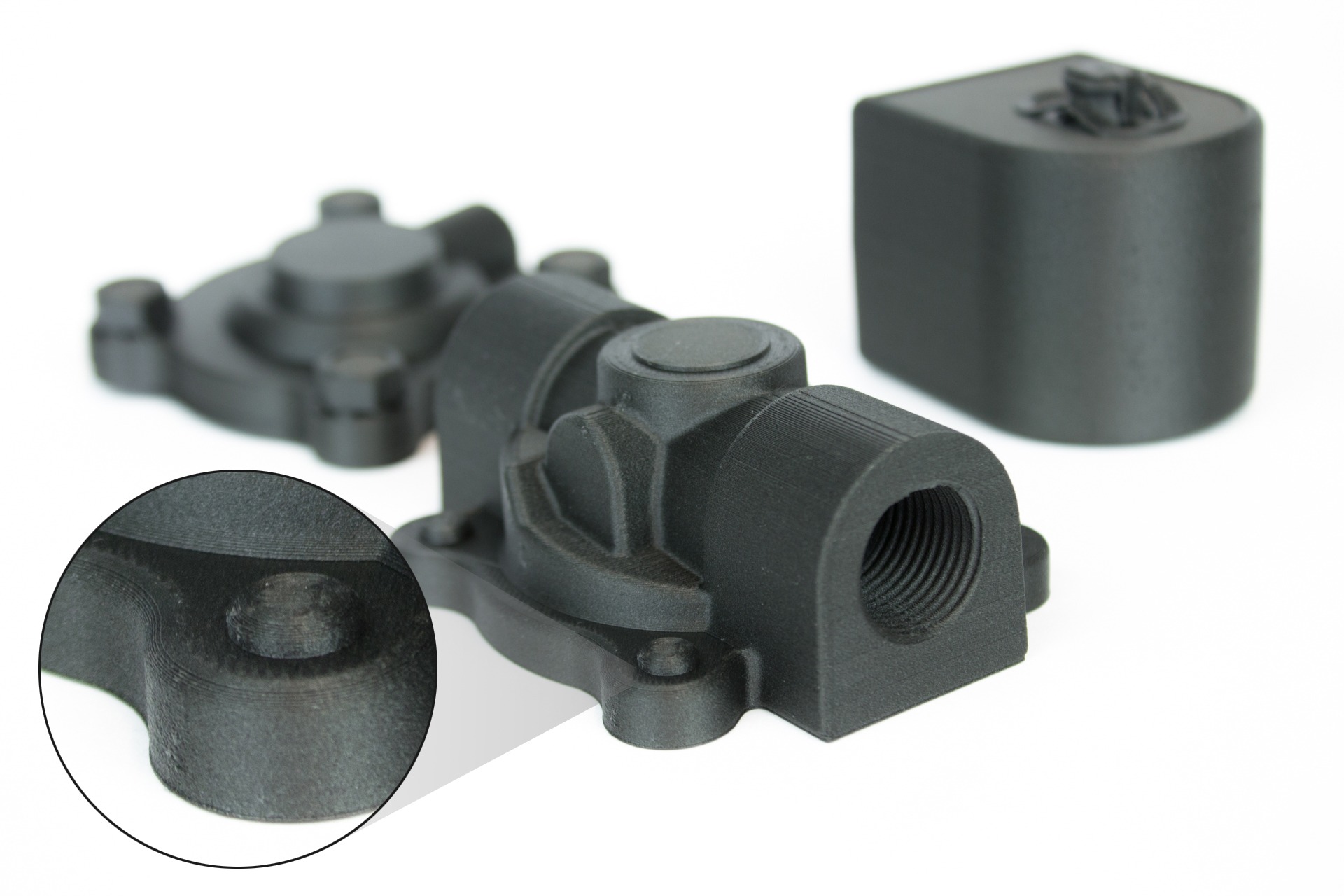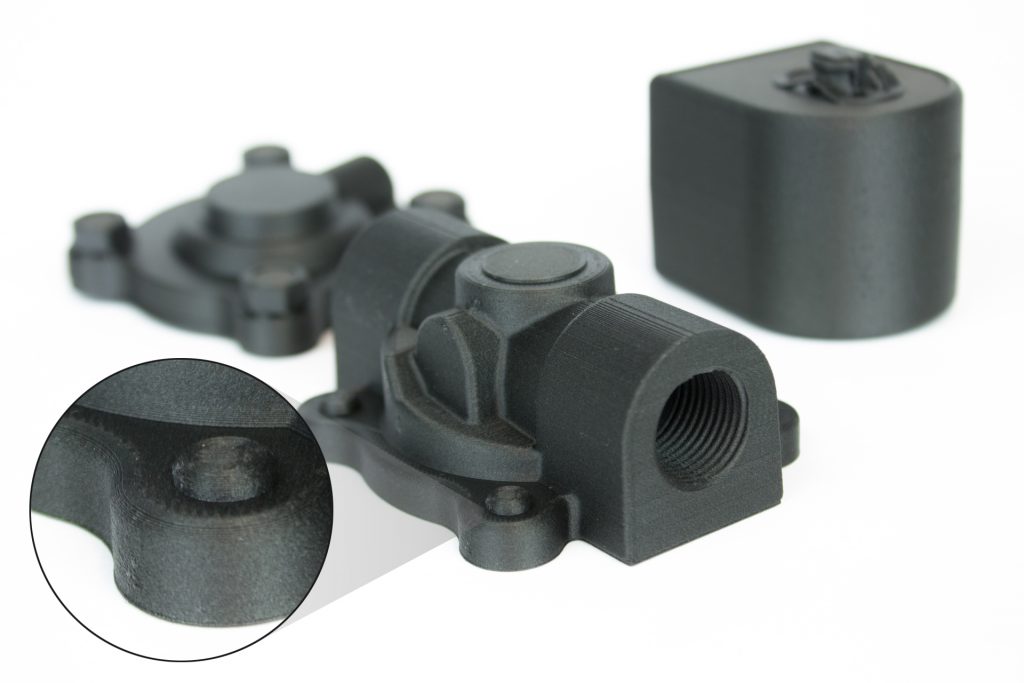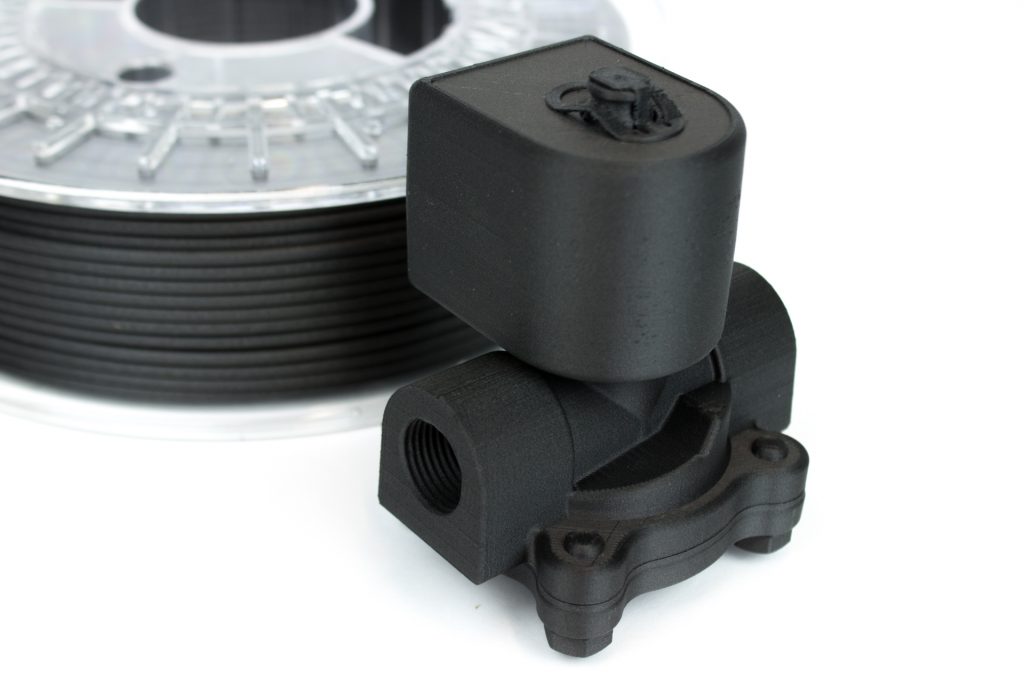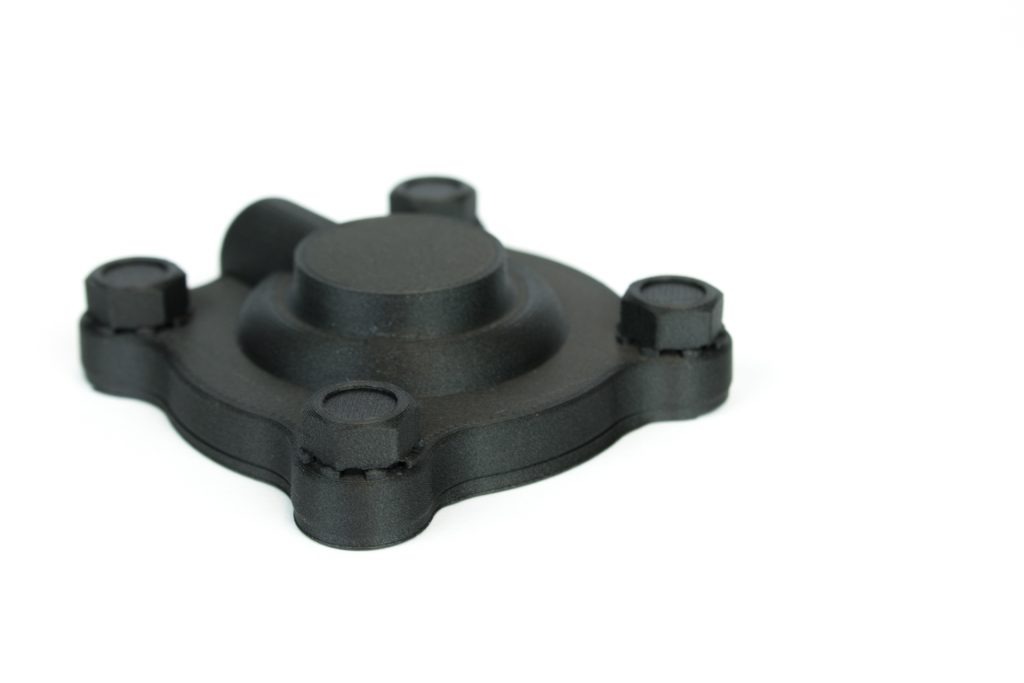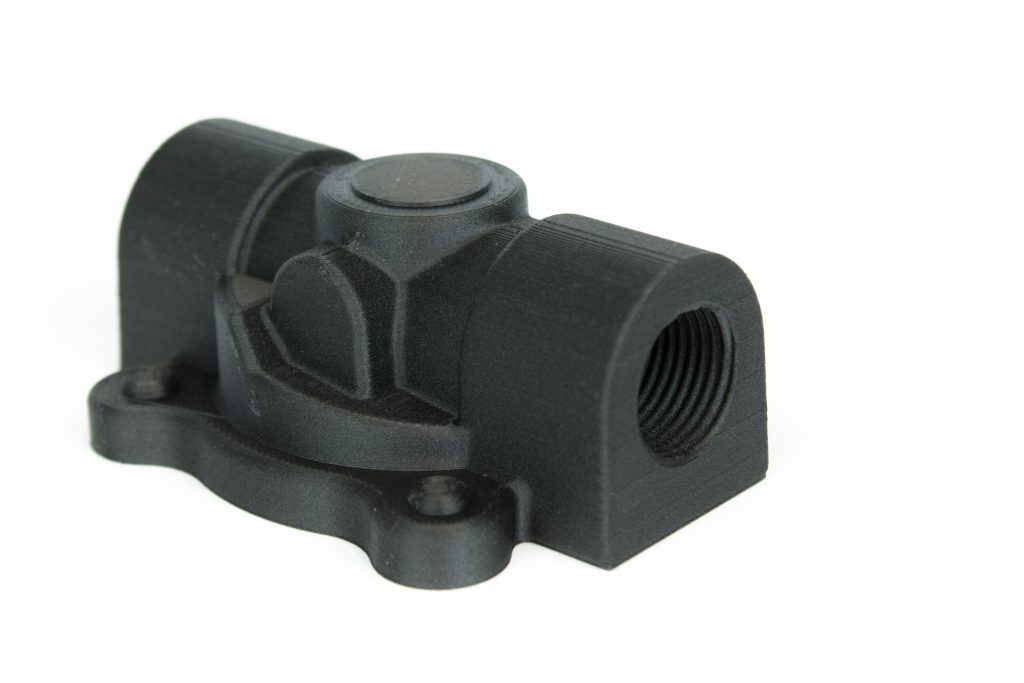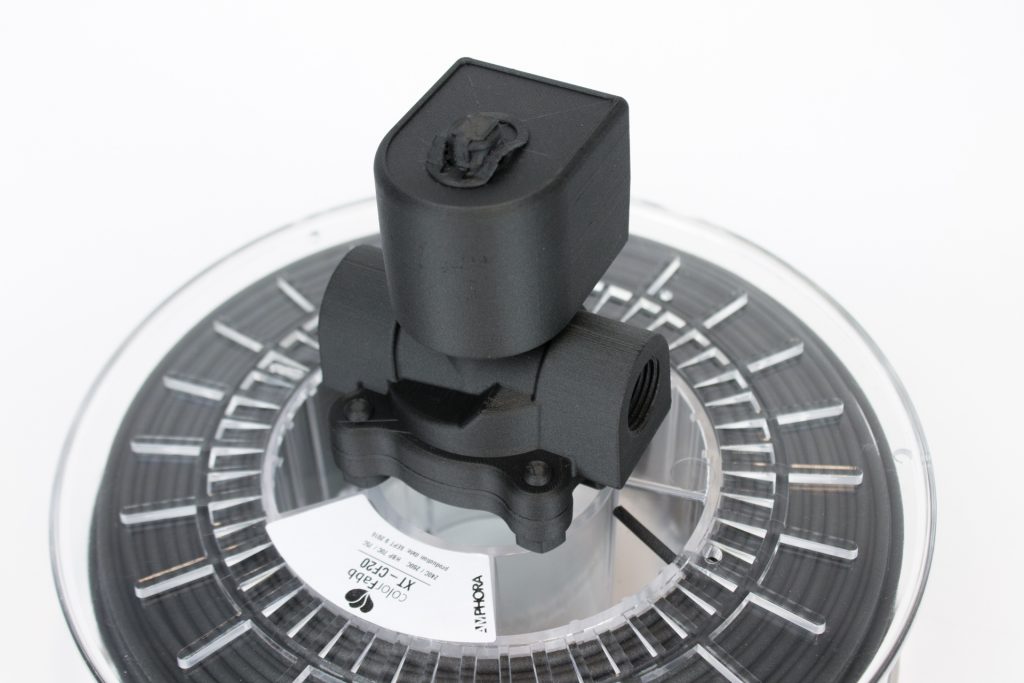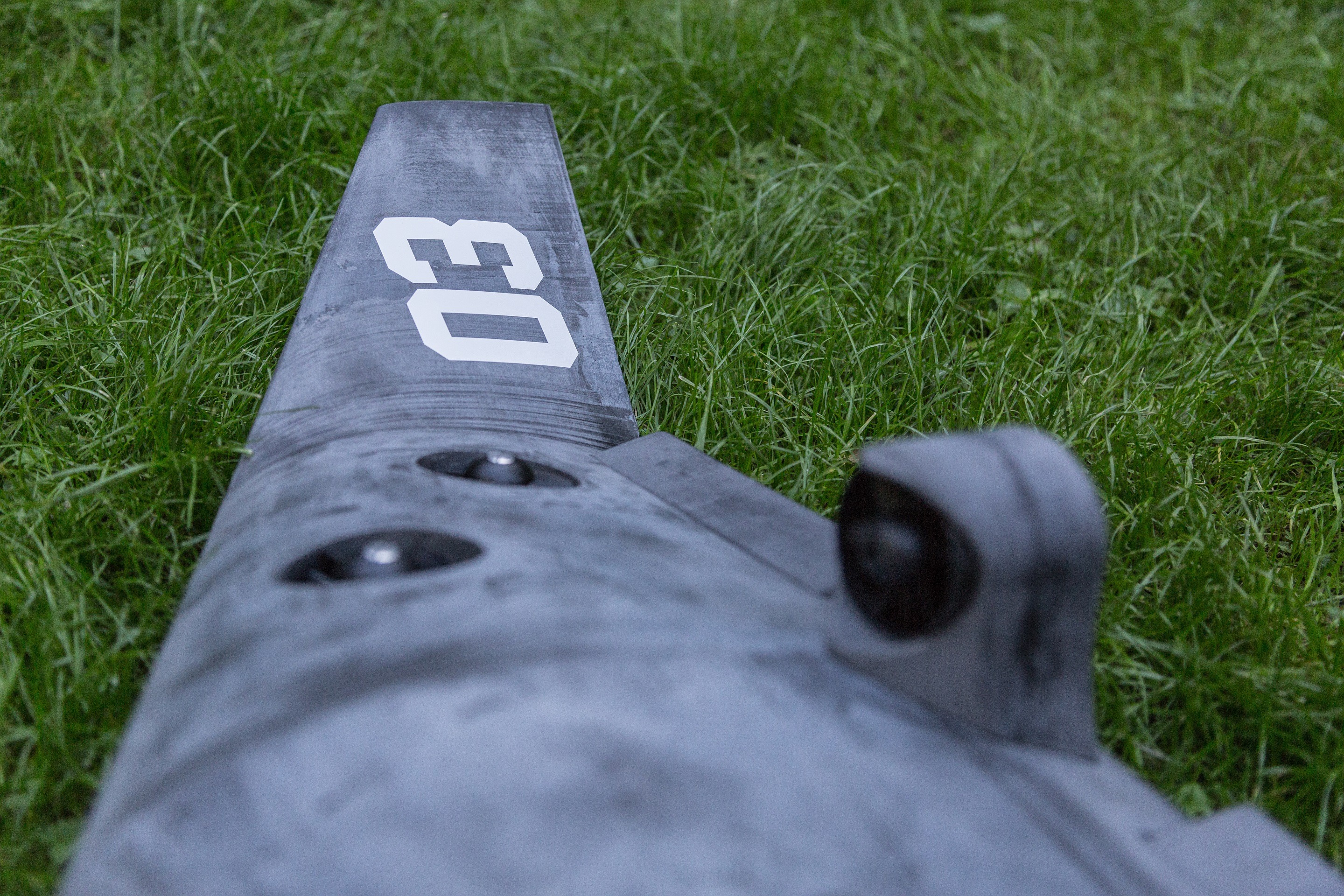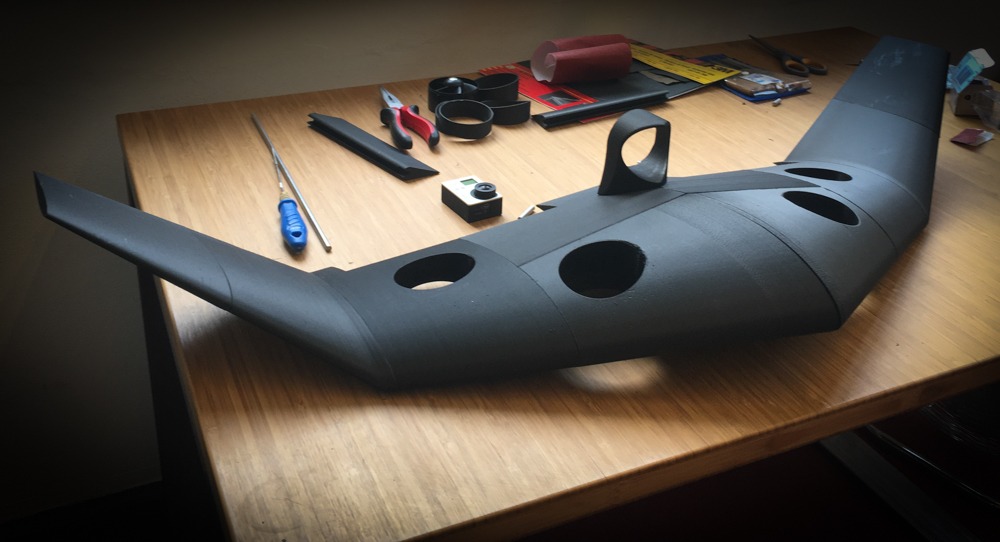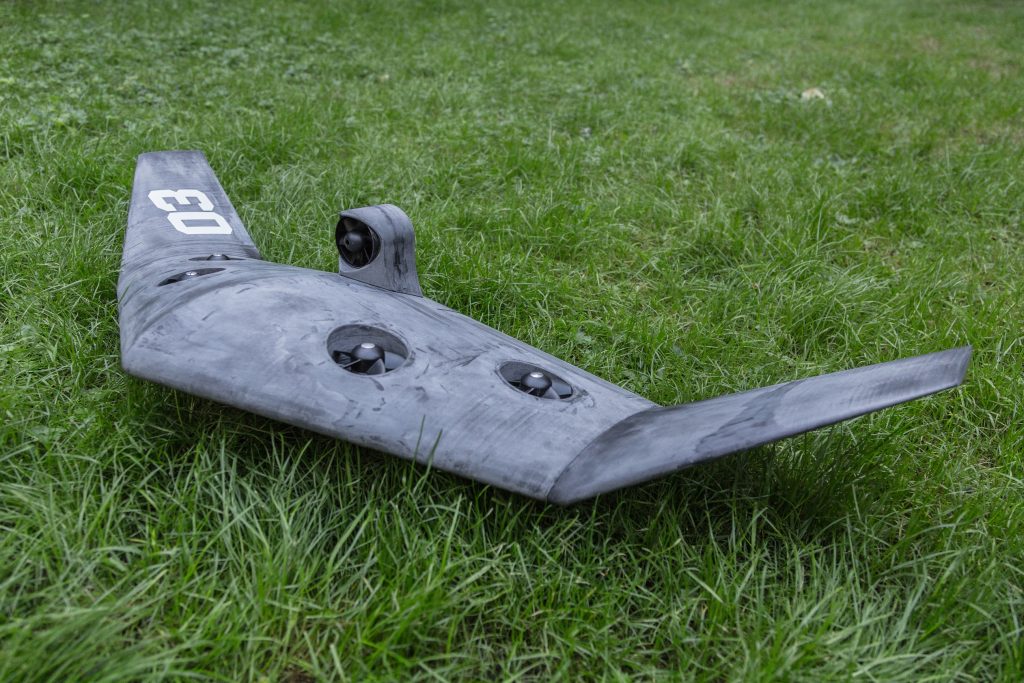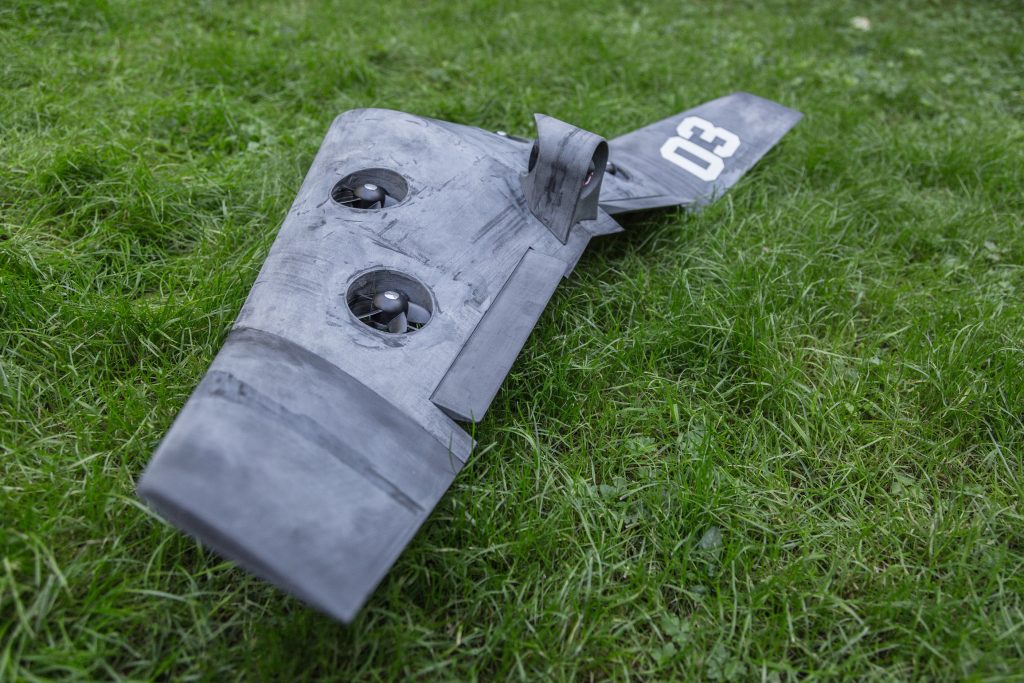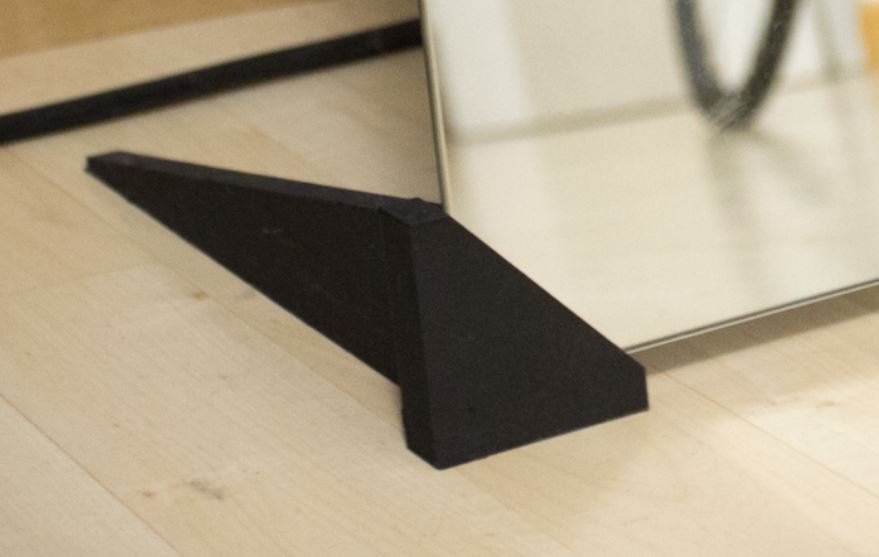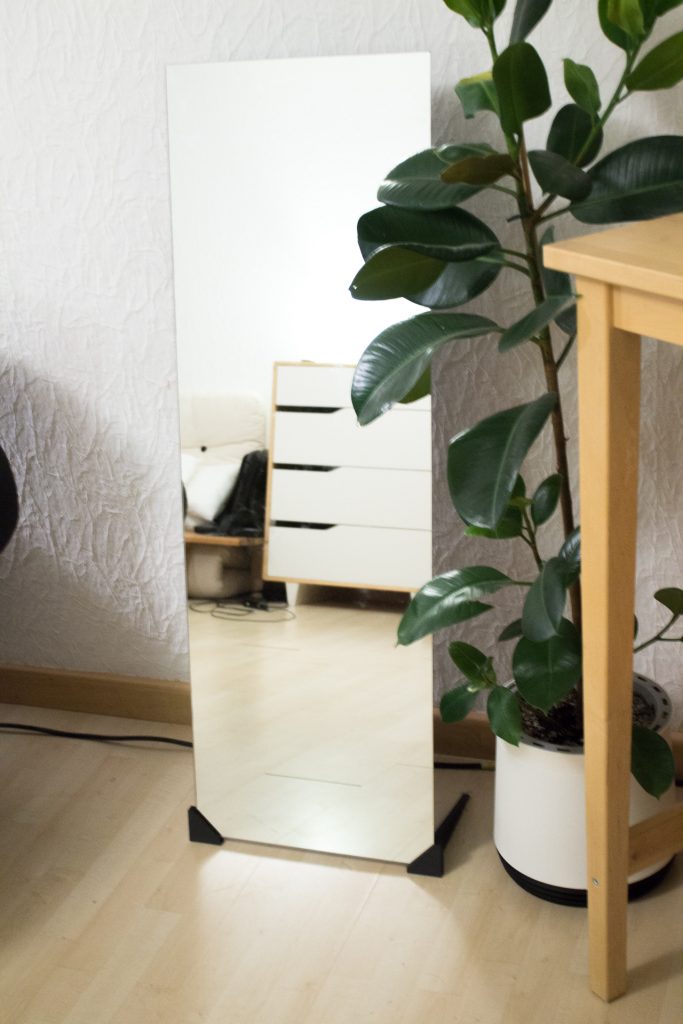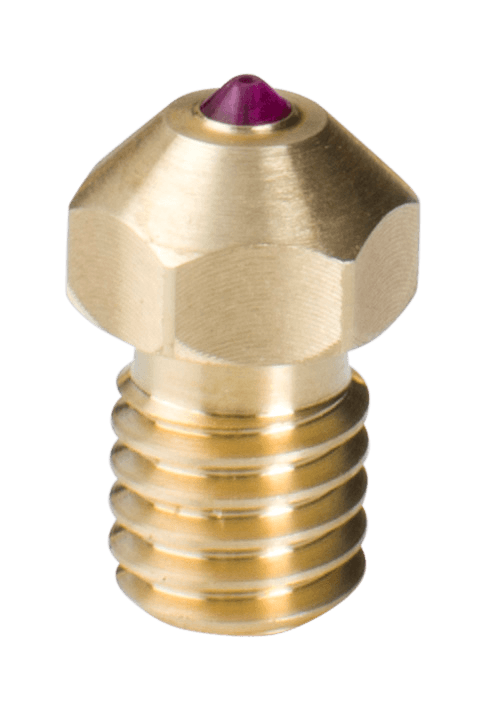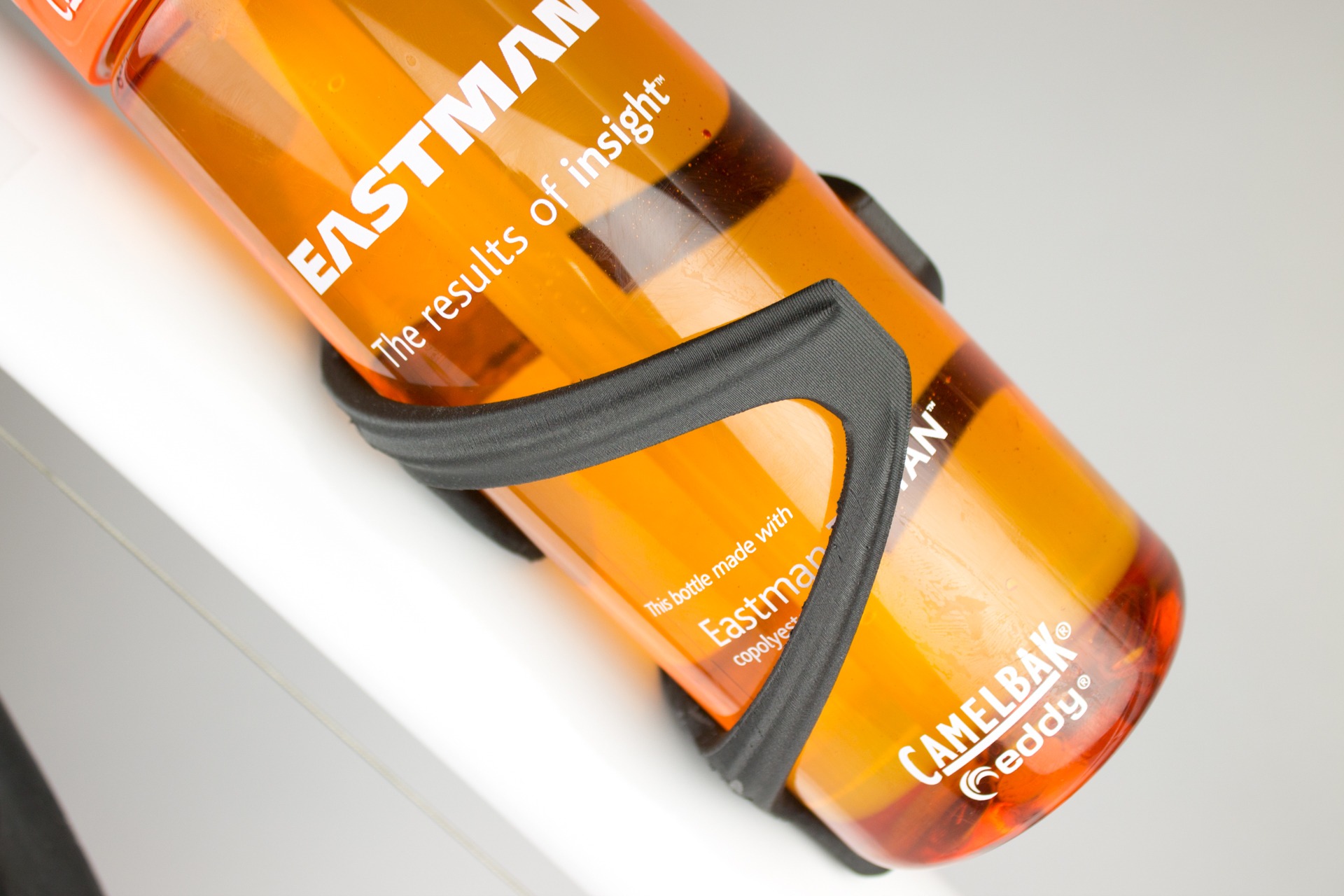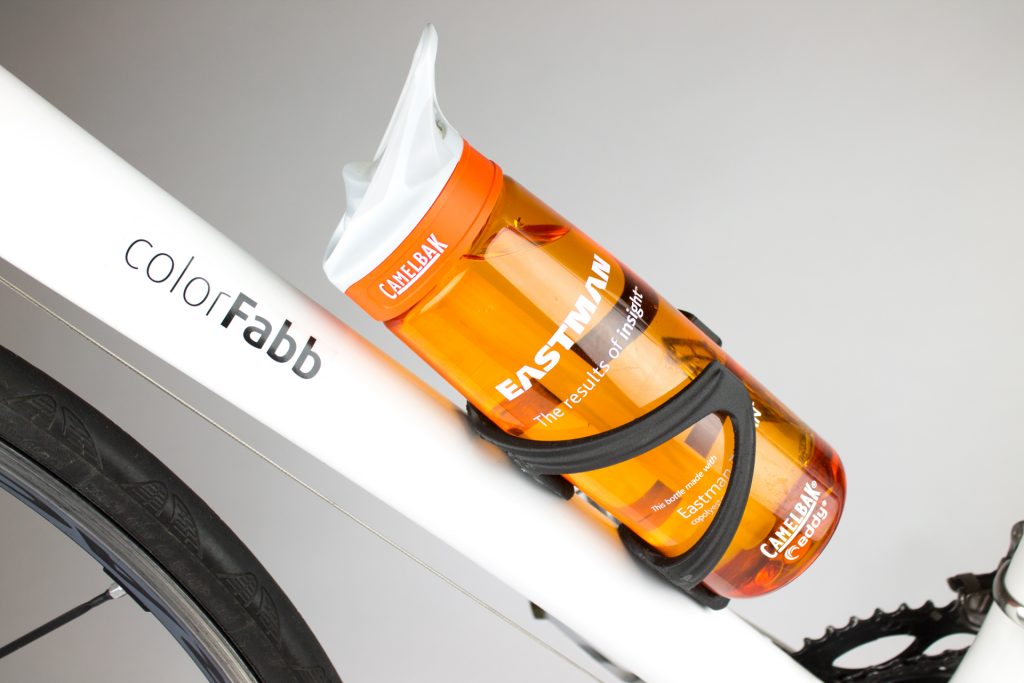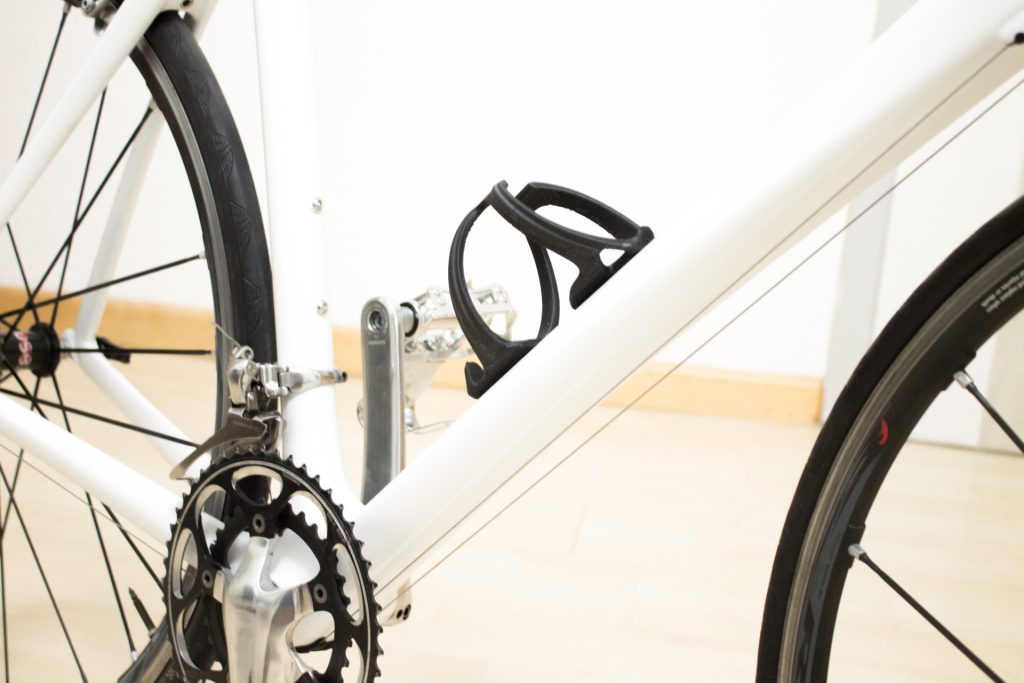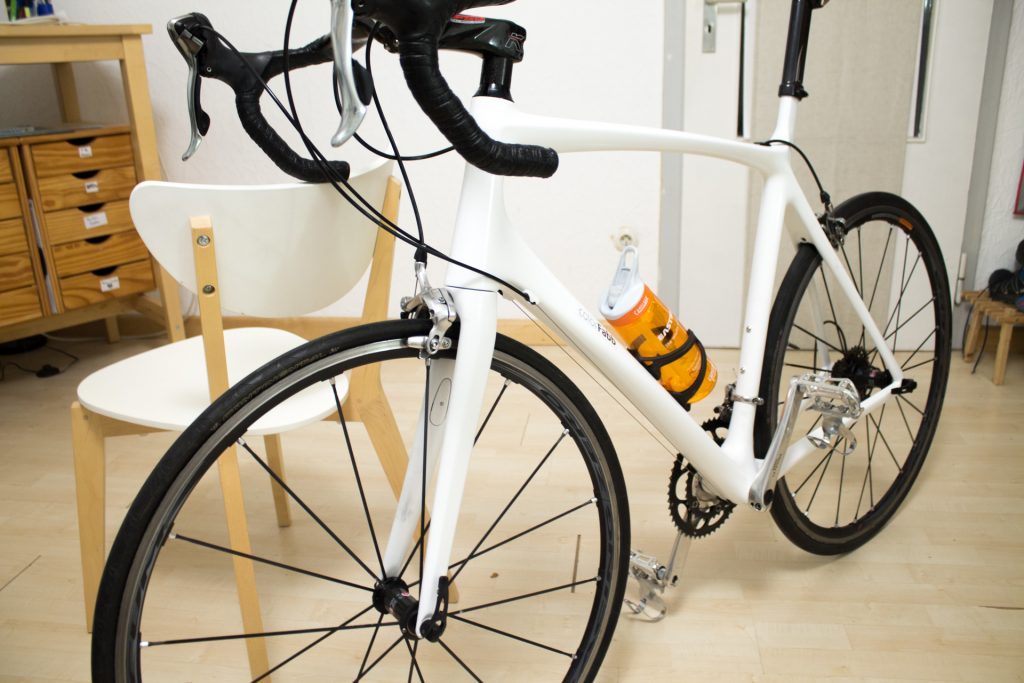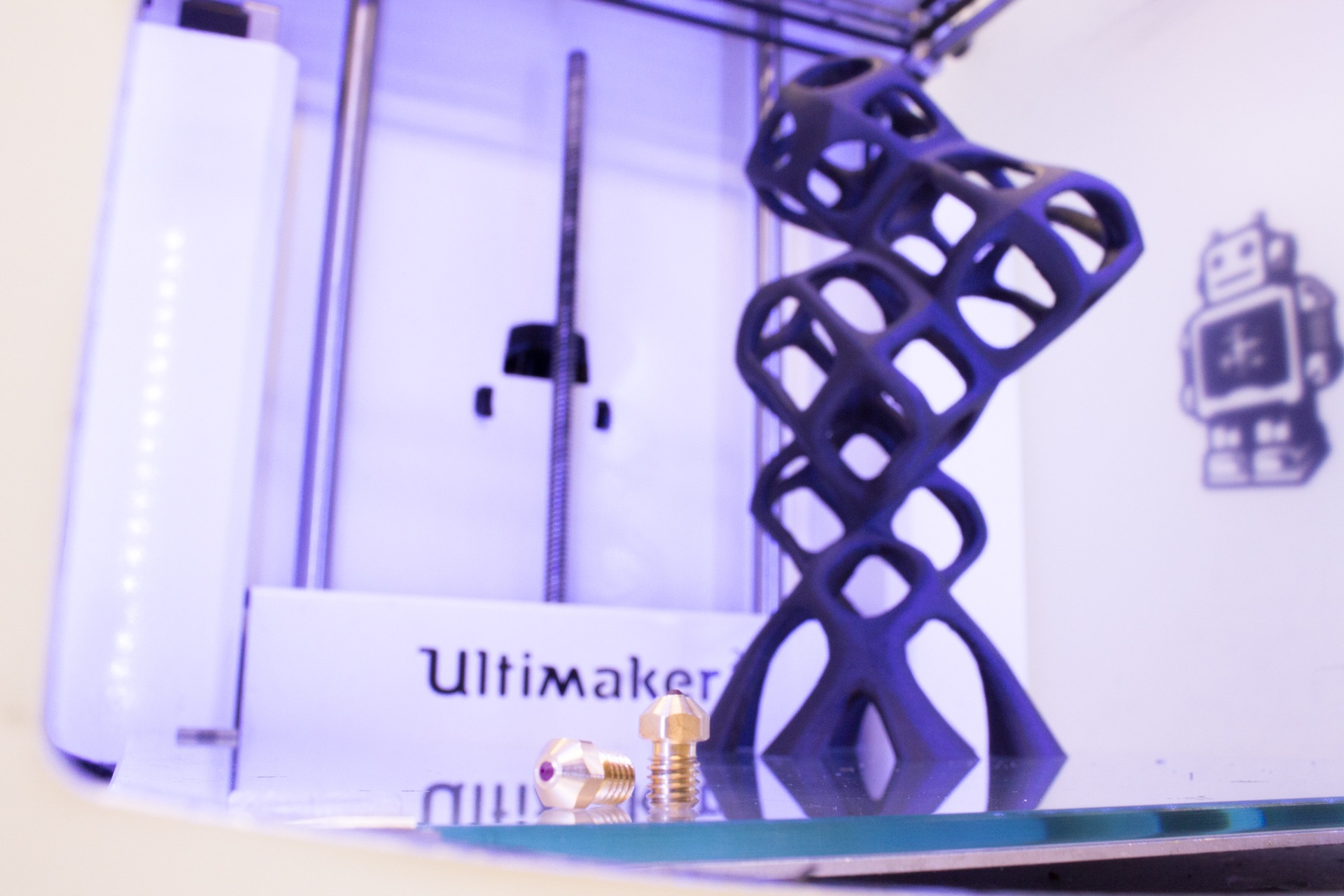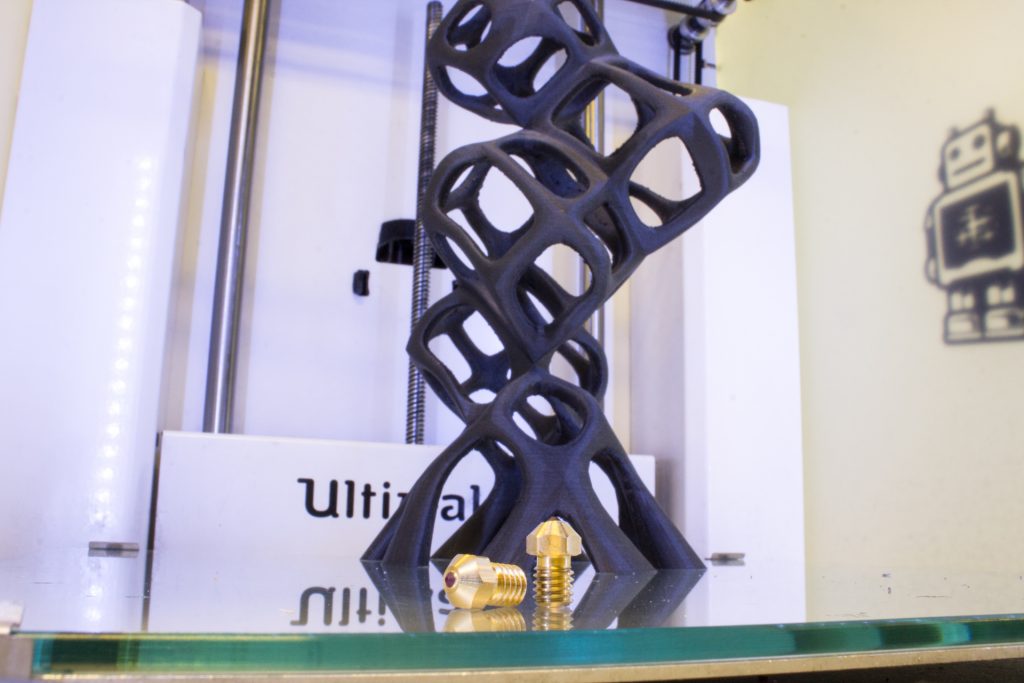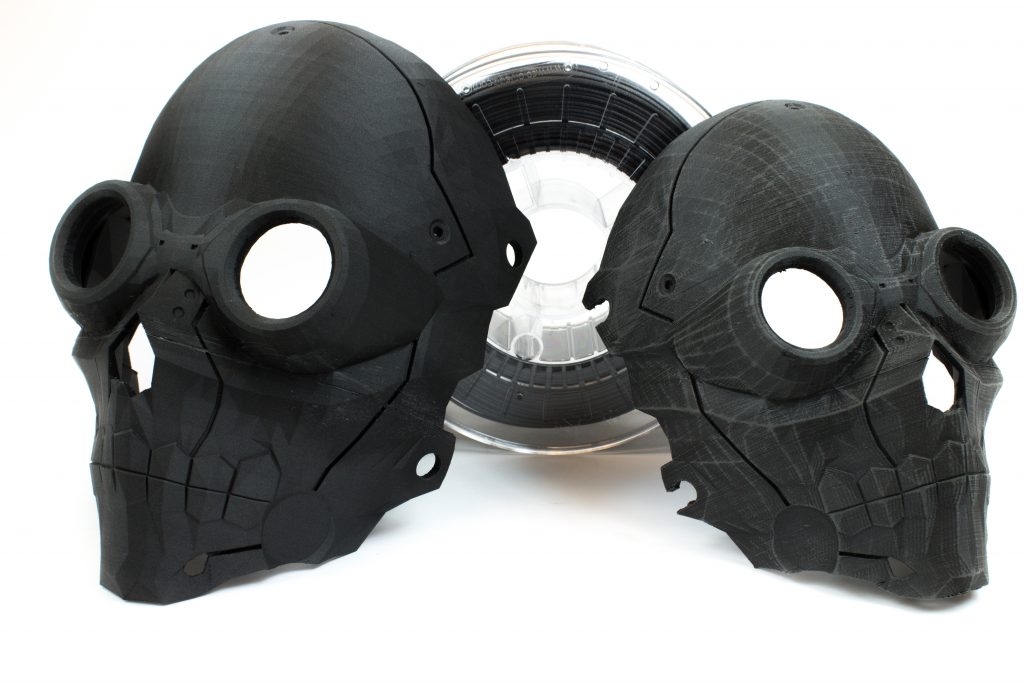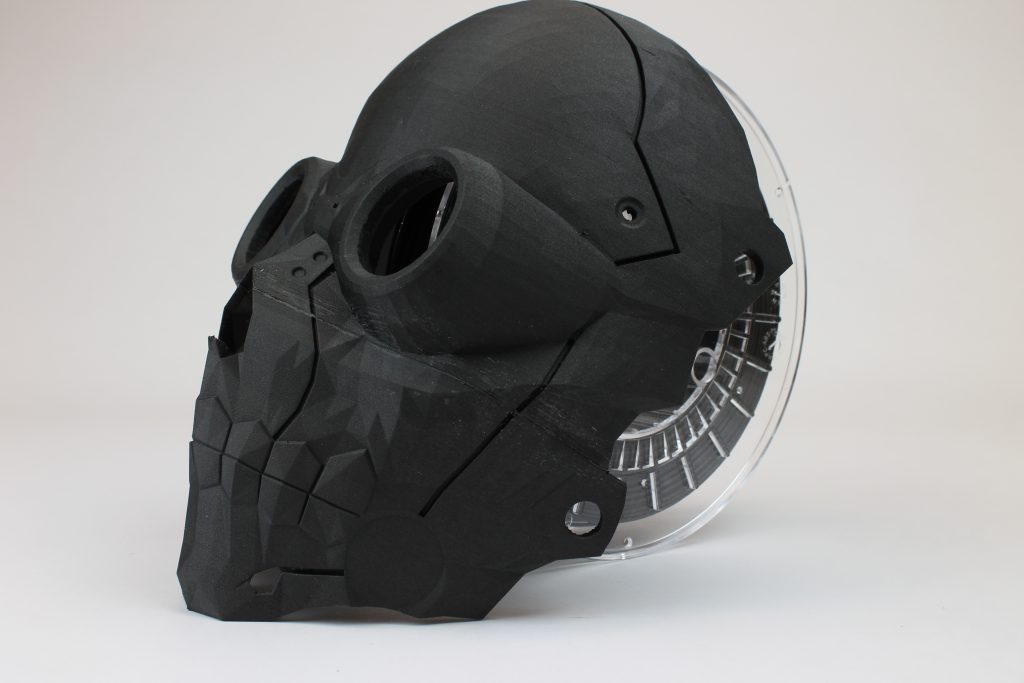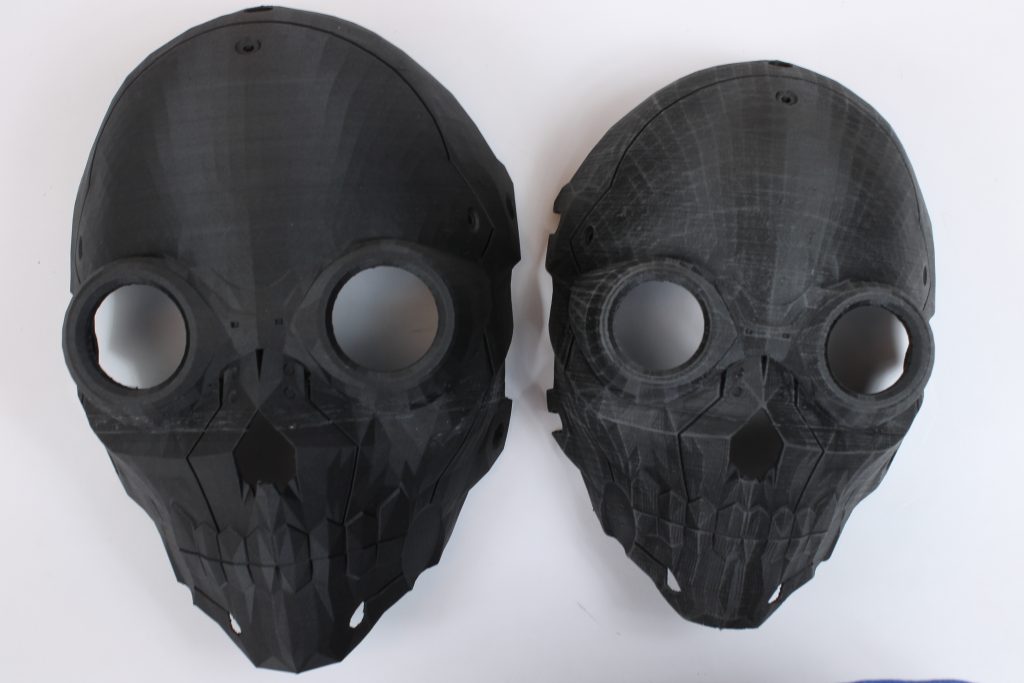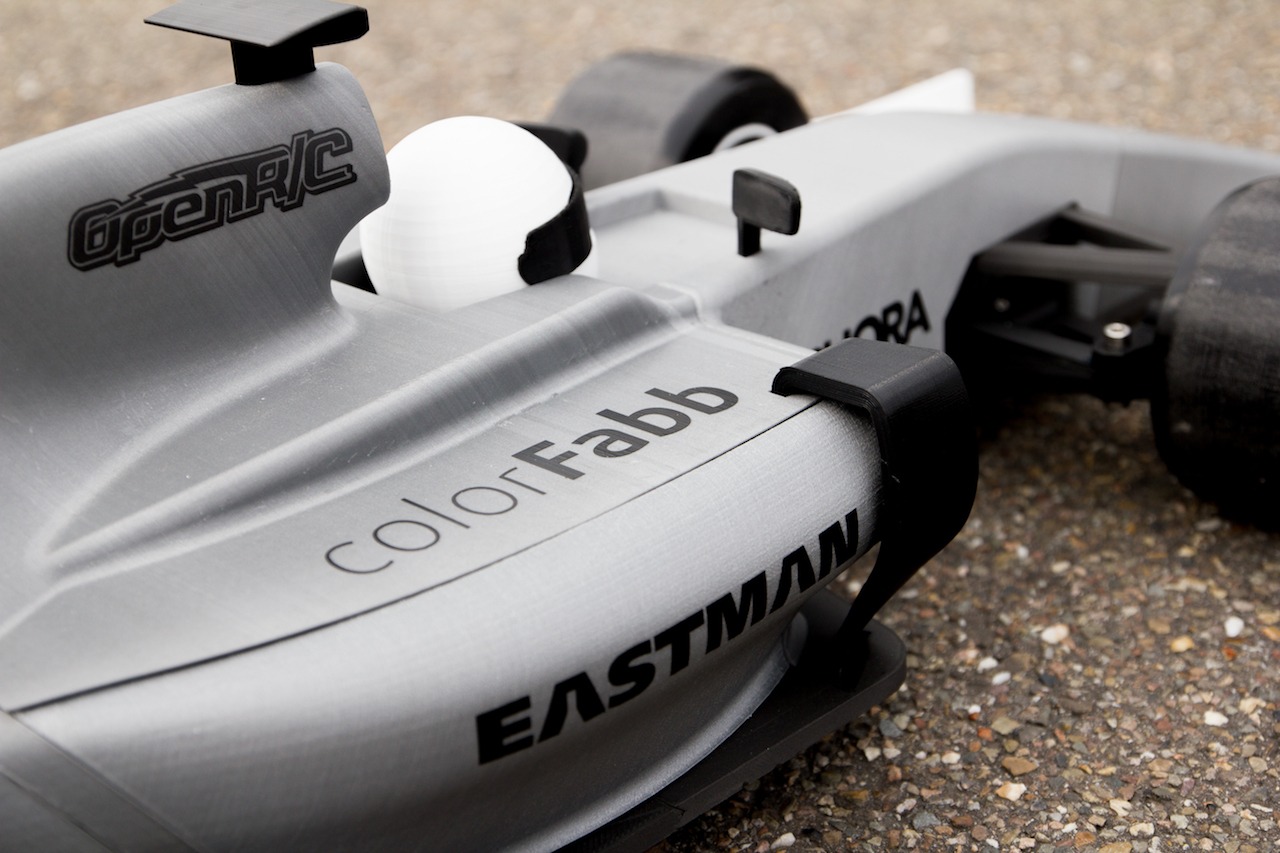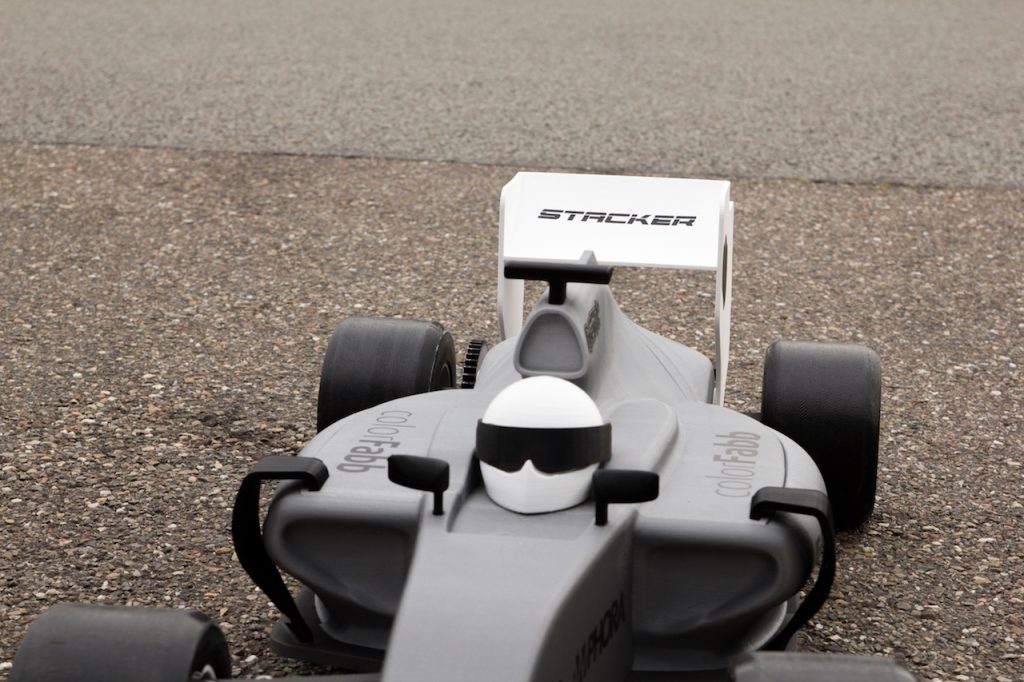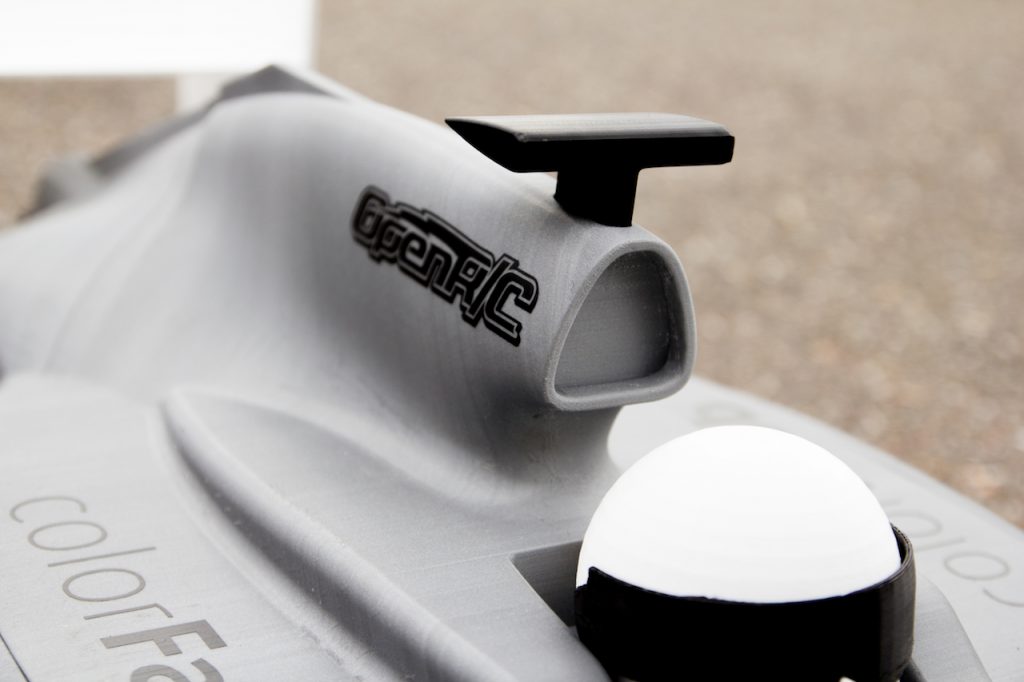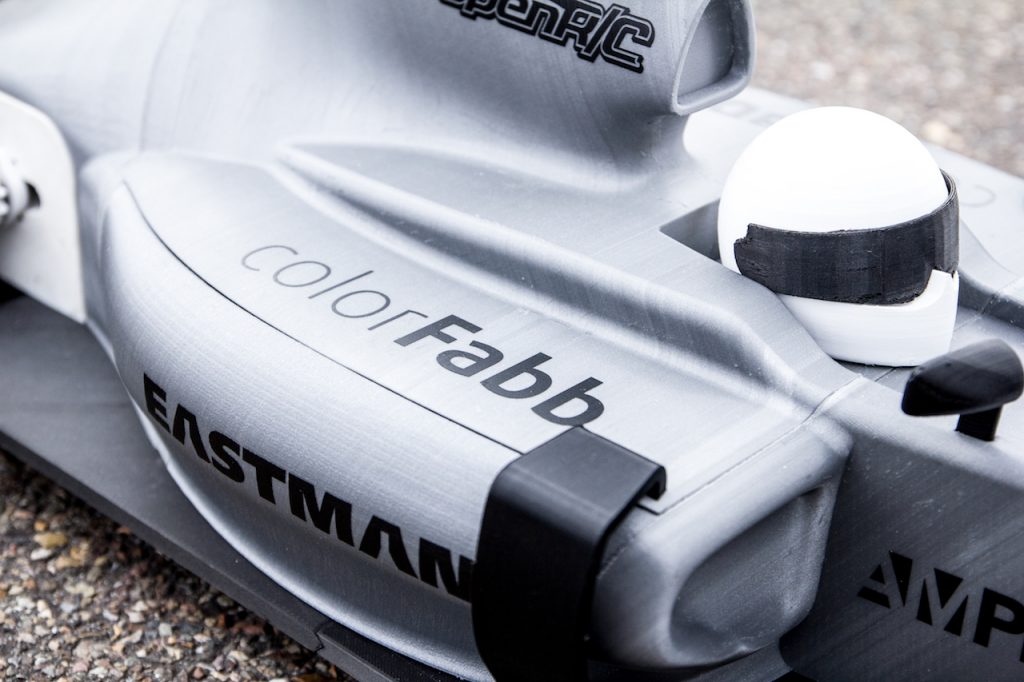As we add more materials to our portfolio we see more possibilities. With our proven XT-CF20 and the recently added Igus Iglidur I150 for instance. We printed a motorcycle suspension linkage prototype:
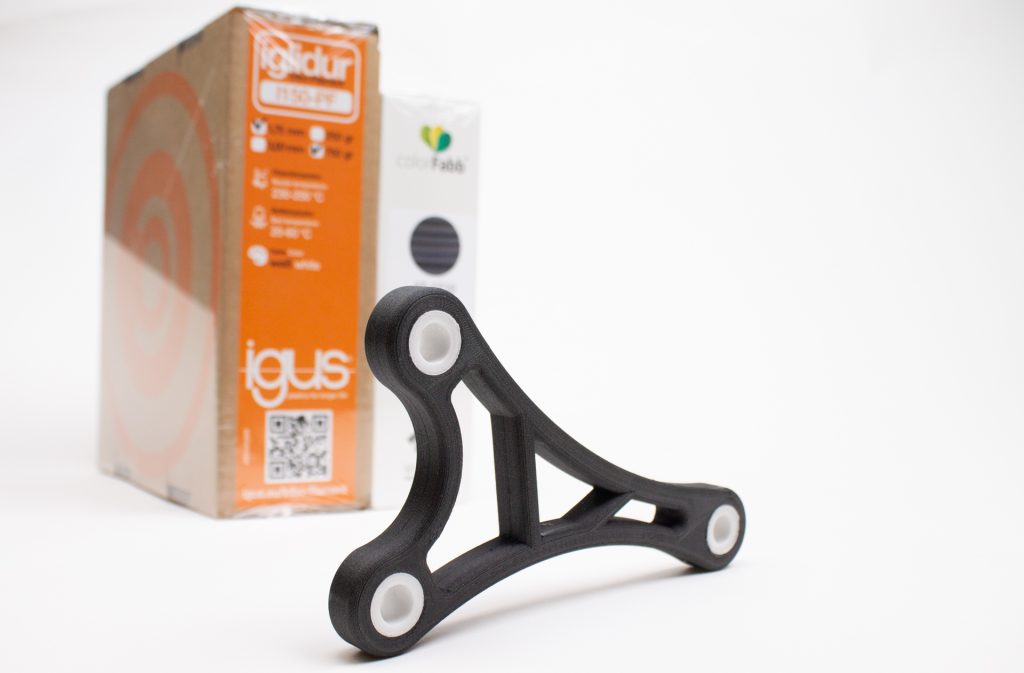
Design by colorFabb
Both materials were printed on the Ultimaker 2+ with the Olsson Ruby Nozzle. Both components were press fitted together with a tight tolerance. This model was made as a fitting prototype and was not part of a working motorbike. We used the following print settings:
XT-CF20
Nozzle diameter: 0.4mm
Layerheight: 0.2mm
Printing speed: 40mm/s
Nozzle temperature: 255C
Bed temperature: 80C
Infill: 90%
Igus Iglidur I150
Nozzle diameter: 0.4mm
Layerheight: 0.2mm
Printing speed: 40mm/s
Nozzle temperature: 255C
Bed temperature: 90C
Infill: 60%
About the filaments
XT-CF20 is our first Amphora based special filament, launched nearly two years ago, made with colorFabb_XT and 20% carbon fibres. More information can be found here. XT-CF20 has received some really good reviews on our website. It may not be the easiest filament to print with, but the results can be stunning. The functionality, stiffness and the matte finish are true selling points of this material.
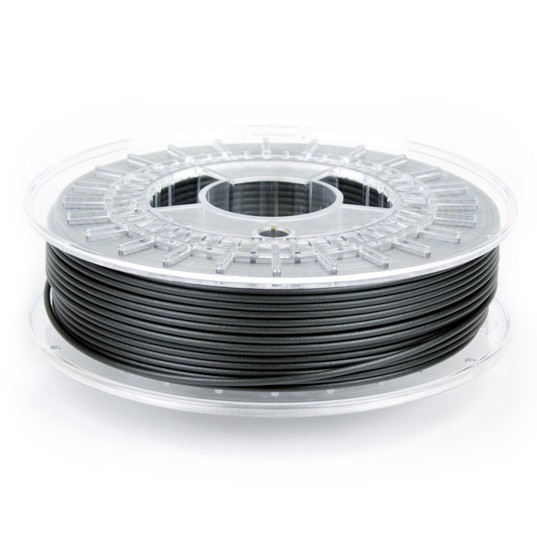
A special point of attention is the abrasive nature of the carbon fibers. In general these fibers will accelerate the nozzle-wear of brass nozzles, much faster than unfilled filaments. Therefore we recommend to use hardened steel nozzles. XT-CF20 is available online
igus filaments are all about functionality. The iglide® range of filaments are 3D printing materials for maximum service in moving applications. You can create custom parts with significantly higher wear resistance than standard filament. The iglide materials benefits include:
- High degree of wear resistance, similar to that of injection molded iglide® components
- Igus has more than 30 years of experience in the development of high-performance plastics for moving applications
- Tested in Igus’ own laboratory
Components made of igus® Tribo-Filament are up to 50 times more wear-resistant than standard materials for 3D printing and therefore have an extremely long service life. Due to their excellent tribological properties, they are suited for 3D printing of replacement parts, for example bearings, drive nuts, gears and other wear parts. The igus® Tribo-Filaments can be processed on 3D printers that are based on the fused-deposition-modelling method (FDM/FFF) and that allow the nozzle temperature to be set as required.
